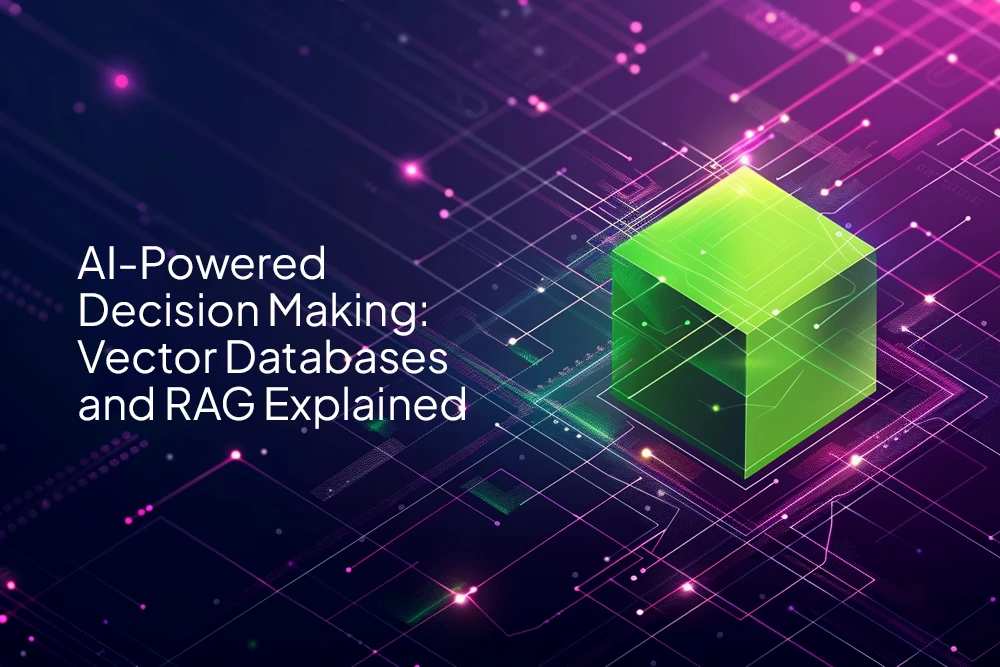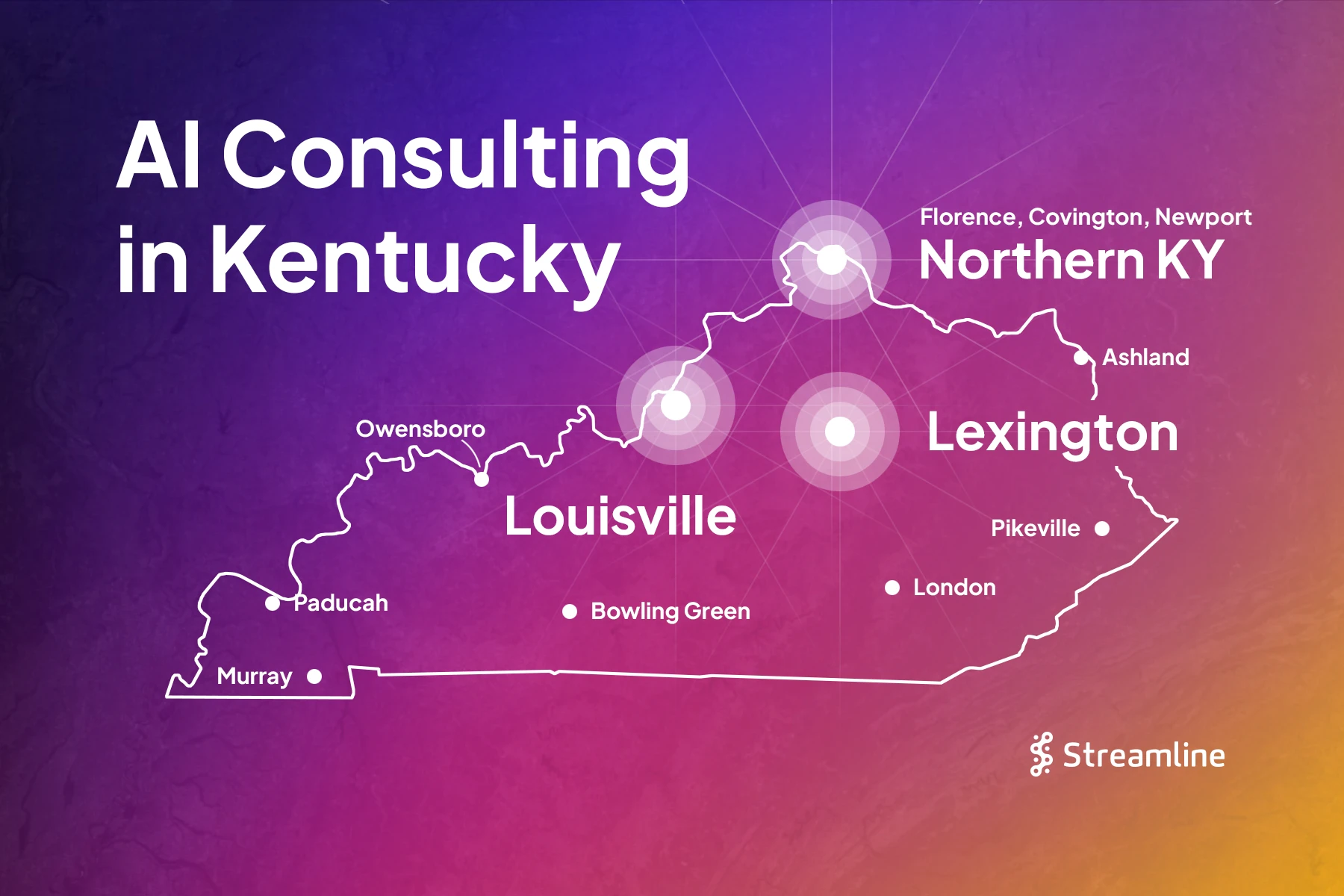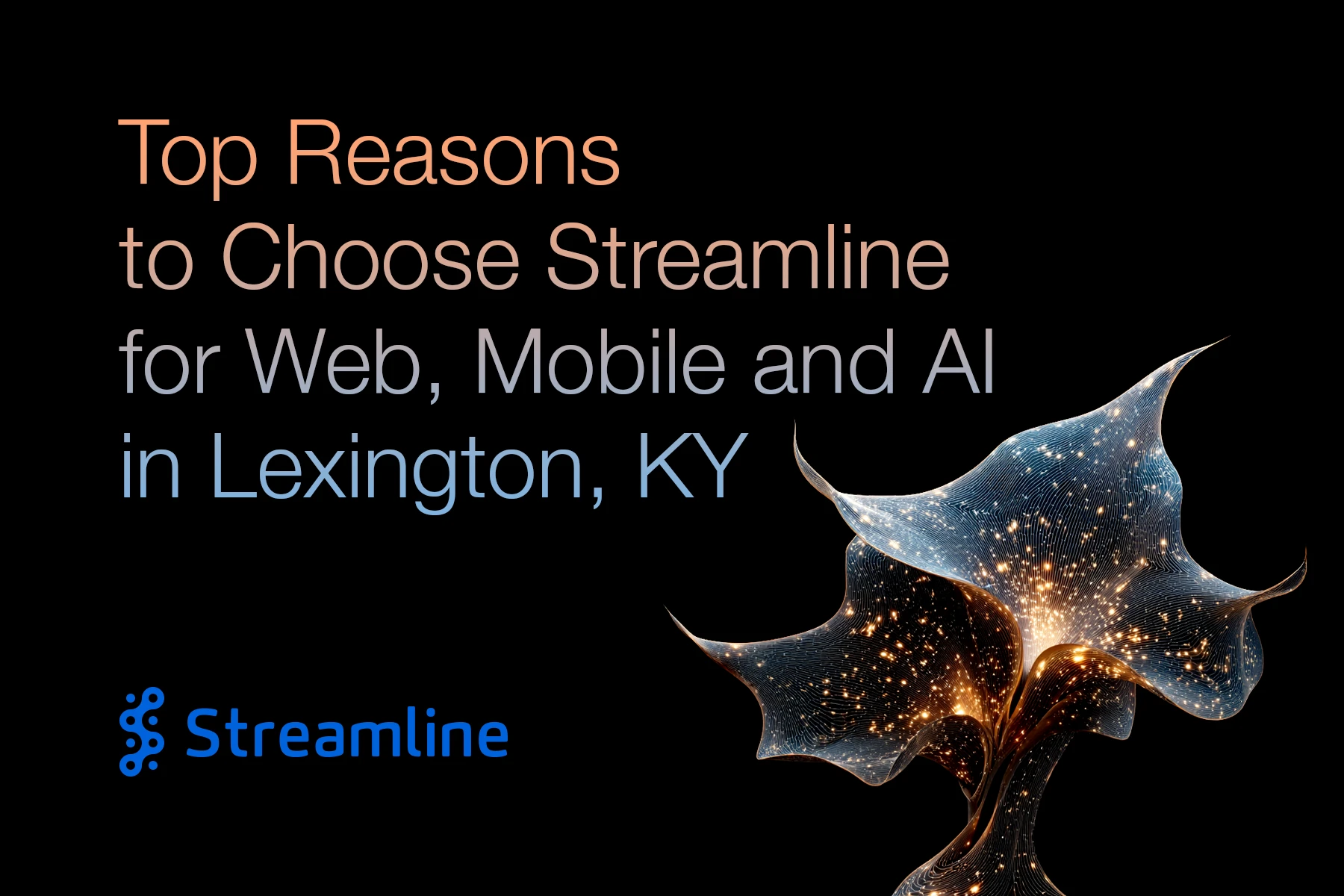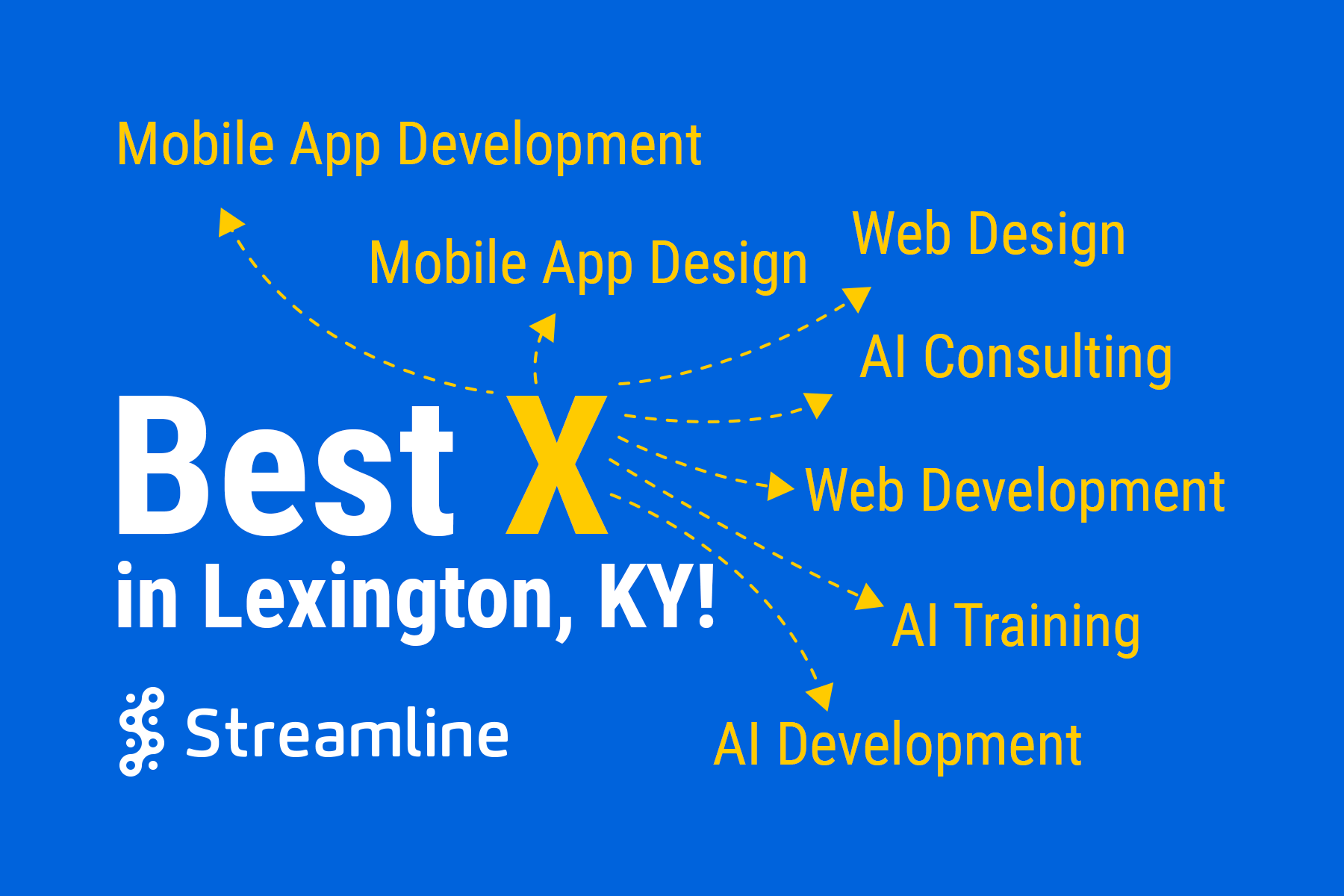Understanding Vector Databases: Beyond Traditional Data Storage
Most businesses are familiar with traditional databases like SQL Server or MySQL, which store information in neat rows and columns. They’re great for straightforward queries, like finding a customer’s order history. But what if you’re dealing with complex data that doesn’t fit neatly into this structure?
That’s where vector databases come in. Vector databases don’t just store data, they capture meaning, context, and similarity. To understand the difference, consider this analogy:
Imagine you’re at a library. A traditional database is like the card catalog system. It’s great when you know exactly what you’re looking for. “Show me all books by Ernest Hemingway,” you might ask. The system quickly retrieves a neat list of titles, authors, and shelf locations. It’s precise, efficient, and perfect for well-defined queries.
Now picture yourself describing a book to a librarian. “I’m looking for that story about the old man who goes fishing and struggles with a giant marlin.” You don’t remember the title or author, but the librarian nods in understanding. This is more akin to how a vector database works.
Vector databases like Pinecone or LanceDB don’t just store raw data; they capture the essence of information. They understand context and meaning. If our librarian were a vector database, they wouldn’t just match keywords. They’d grasp the themes, the emotions, the core of what you’re seeking.
Retrieval-Augmented Generation (RAG): Enhancing AI with Contextual Knowledge
RAG is a recipe for making generative AI systems smarter by giving them access to specific, relevant information. Here’s how it works:
- When someone asks a question, RAG first retrieves (searches for) the relevant information from the company’s vector database.
- It then sends this specific information to a large language model (like GPT).
- The AI model then uses this information to generate an accurate, contextually relevant response using your data.
This approach offers several key benefits:
- Accuracy: Responses are based on your company’s actual data, not just general knowledge.
- Up-to-date information: As your vector database is updated, responses automatically reflect the latest information.
- Confidentiality: Sensitive company information stays within your system, not in the general AI model.
- Customization: The system can provide answers tailored to your specific business context.
Transforming Business Operations with Vector Databases and RAG
The combination of vector databases and RAG can revolutionize various aspects of your business:
- Customer Service: Imagine a chatbot that can instantly access your entire product catalog, policy documents, and customer history. It can answer complex queries accurately, reducing call center load and improving customer satisfaction.
- Sales and Marketing: Your team can quickly find the most relevant case studies or product information for each prospect, tailoring pitches with unprecedented precision.
- Research and Development: Engineers and researchers can easily find related projects or relevant data across your organization, speeding up innovation and reducing duplicate efforts.
- Compliance and Legal: Quickly search through vast amounts of documentation to ensure compliance or prepare for audits, saving time and reducing risk.
- Knowledge Management: As your business grows, keeping everyone informed becomes challenging. Vector databases and RAG can create a “corporate brain” that employees can query for the latest information.
The Future of Business Intelligence: Embracing Vector Databases and RAG
Implementing these technologies requires investment, but the potential return is enormous. Companies that embrace them early will have a significant advantage, making better decisions, serving customers more effectively, and innovating faster than competitors.
Vector databases and RAG aren’t just new technologies; they’re new ways of thinking about your data, customers, and entire business. They’re tools that can help you see patterns you’ve been missing and solve problems you didn’t even know you had.
In the coming years, these technologies will become as fundamental to business as spreadsheets and email. The question is: will you be ready?
Contact the Author
Bill Antoniadis
[email protected]
If you would like to speak to someone at Streamline about a project, please contact us any time.



